The Not-So-Dead of an Israeli Winter
By Daniella Levy
Anyone who attended a Jewish day school, anywhere in the world, learned that Tu B’Shvat song, The Almond Tree is Blooming, sometime in his or her childhood.
And everybody only knows the first verse and the chorus:
The almond tree is blooming And a golden sun is shining Birds from every rooftop Proclaim the arrival of the holiday
Tu B’Shvat is here, A holiday for the trees! Tu B’Shvat is here, A holiday for the trees!
Now…as a child in the northeastern United States, the entire concept of this song was utterly bizarre.

I was assured at the time that in far away, in temperate Israel, where our ancestors had first observed this “new year for the trees”, Shevat was indeed the very beginning of springtime, when the worst of the winter rains were over–an ideal time to plant trees. As the rest of you living in New England right now will testify, this is pretty difficult to picture!
It was only when I moved to the Jerusalem area that I started to notice that the song actually describes the phenomenon with startling accuracy. Right around the beginning of the month of Shevat, it’s like someone (or, I should write, Someone) flicks a switch, and all of the these stark, bare brown almond trees suddenly burst into bloom. Almost overnight, the landscape is dotted with these patches of white and pink blossoms, so striking against the mostly leafless branches.
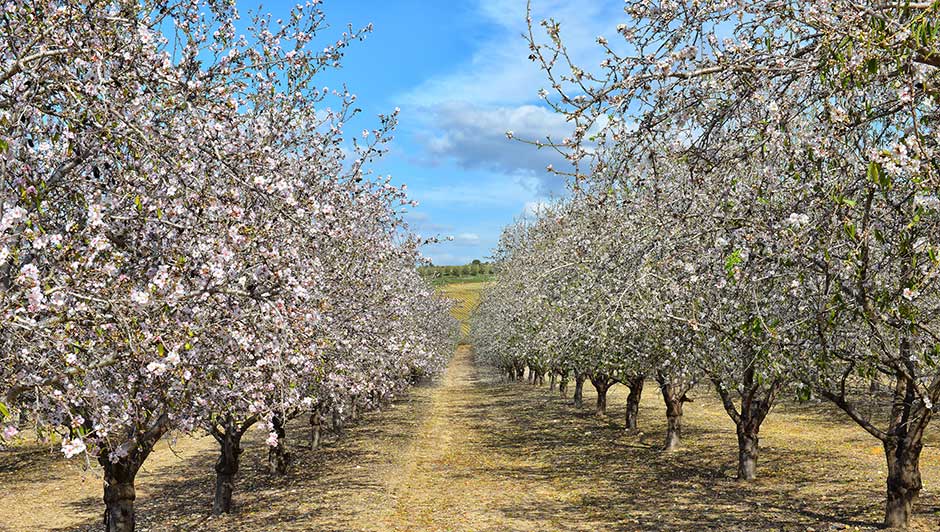
Copyright © Bigstock
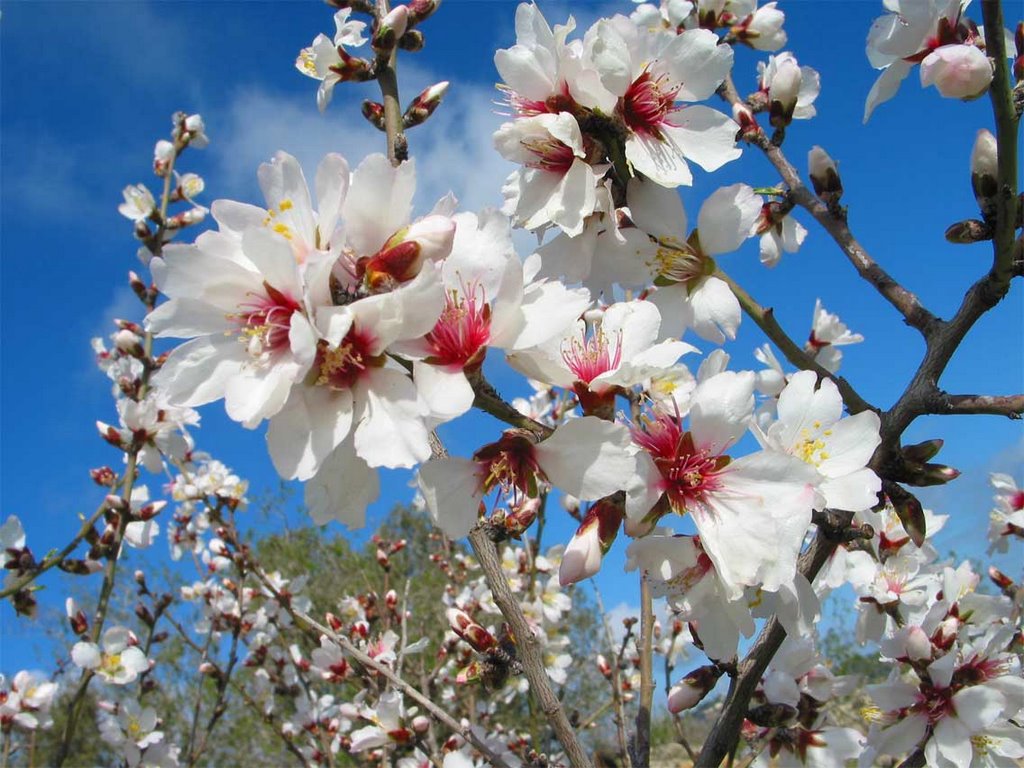
One of the things I very quickly learned after making aliyah is that Israelis are completely obsessed with nature. They can’t get enough of this beautiful land and everything that grows in its soil.
I was nine years old when I moved here, and my classmates had already mastered the names of all the most common Israeli wildflowers the year before. Whereas “field trips” in the USA involved trips to places like museums and historical buildings, the annual Israeli school tiyul meant hiking–and I mean serious hiking. Like, six-hour-mountainous-trails-in-the-blazing-May-sun hiking. I heard once that Israel has more marked hiking trails per square kilometer than any other country in the world; I don’t know if that’s true, but it could be. The land is covered with trails, and hiking them is the most common and popular recreational activity. (Unless, of course, you count arguing about politics.)
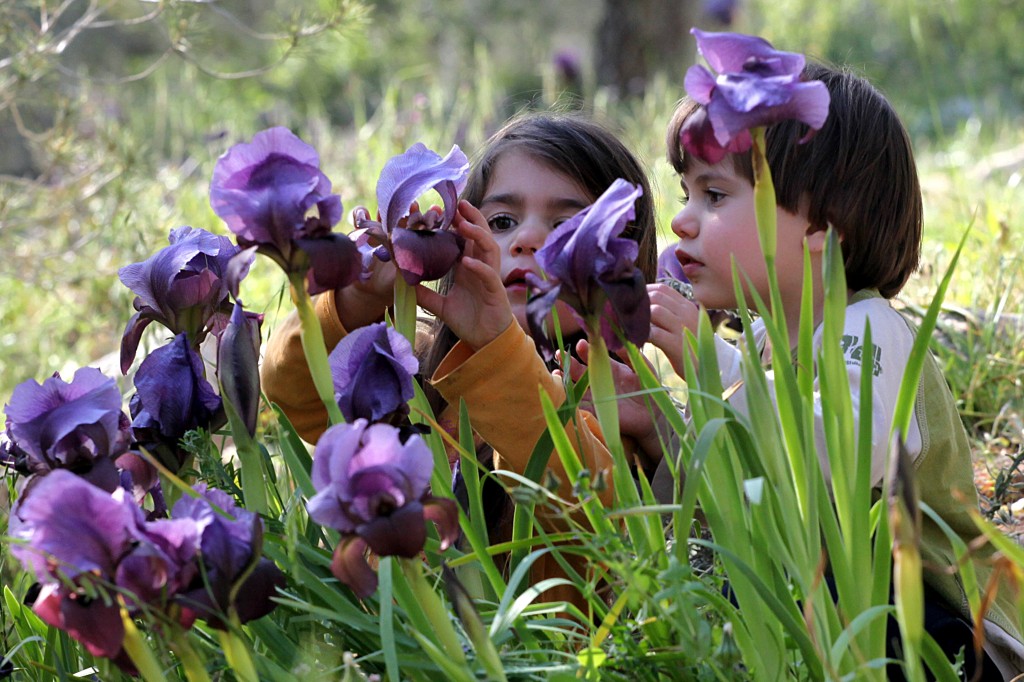
Copyright © Yossi Zamir
For a girl who has always loved nature, it is a little embarrassing to say that I rather dreaded these excursions. I am sensitive to heat, I hate exercise, and I am an exemplary specimen of introvert. Needless to say, these trips held very little appeal. So when my class went on its first overnight tiyul in sixth grade, I declined and stayed home. When I tried to do the same in seventh grade, my teacher was extremely concerned and called my parents to tell them they couldn’t just let me stay home! This was a crucial part of my social development! She was completely baffled that I would even consider the possibility of not going. Unfortunately, introversion is often considered something of a social disability in this very gregarious and outspoken culture. My parents brushed her off.
In eighth grade, I gave in to peer pressure and decided to go anyway. I eventually found my Introvert Niche within these trips: heart-to-heart conversations with my handful of close friends, late into the night. It was worth suffering through the hikes for that “quality time” with friends.
In any case, over the years I have acquired bits and pieces of that fundamental education in Israeli flora. I now know, for instance, that these lovely bright red flowers blooming in a field across the street from us now, are called kalanit (anemone):
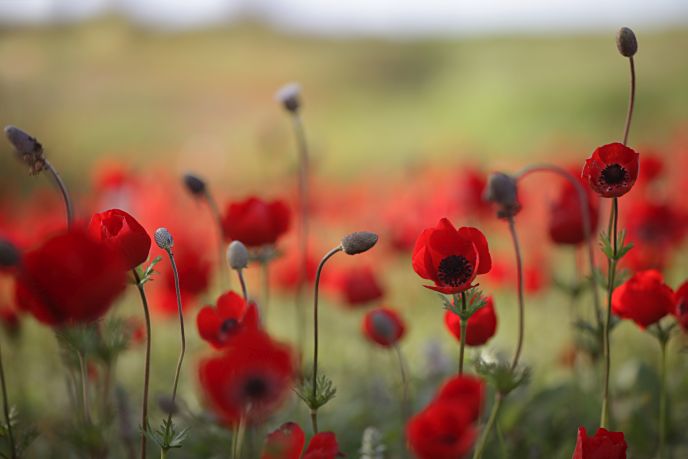
And not pereg (poppy), which is the red spring flower that grows closer to the coast, where I grew up:
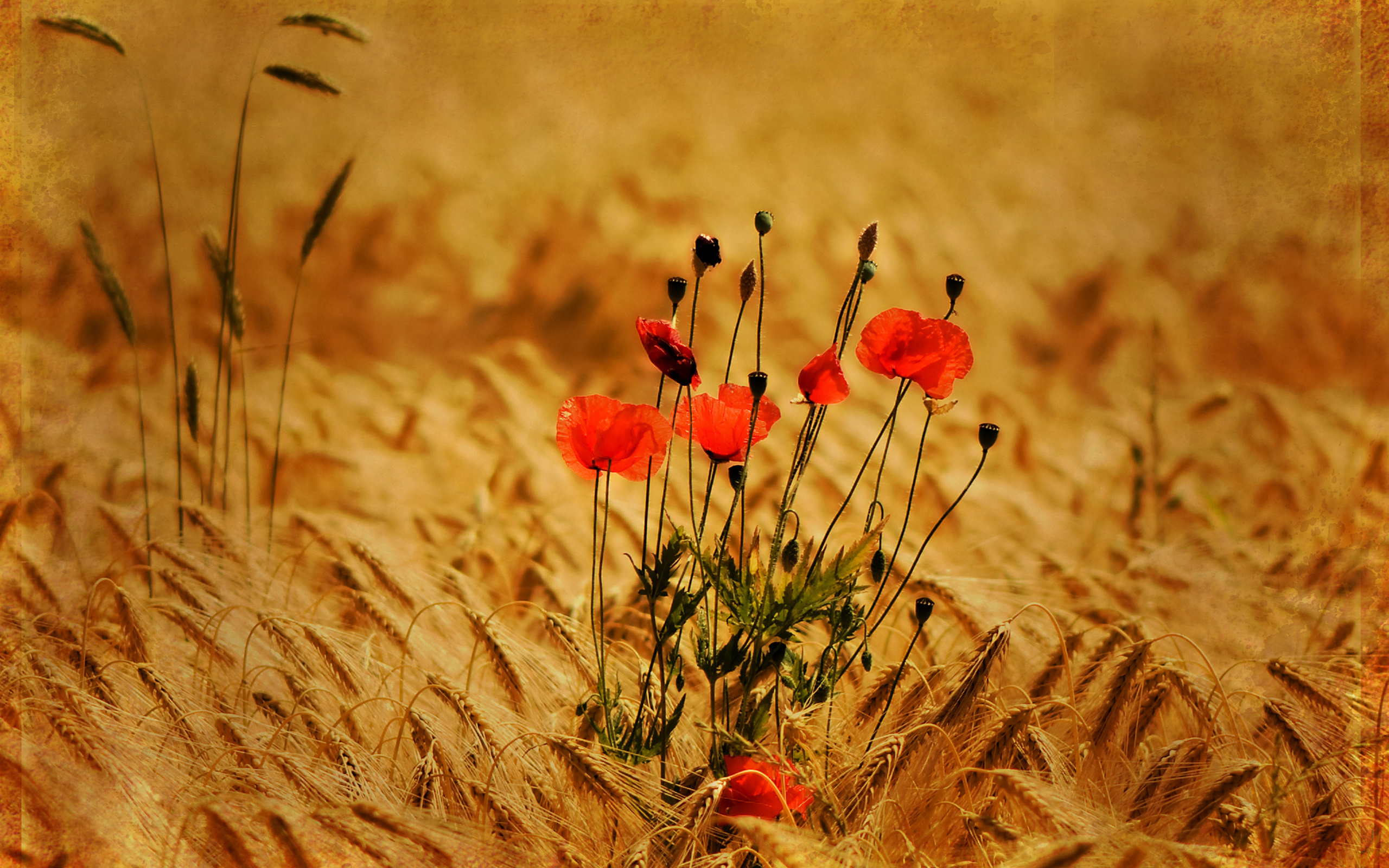
Or nurit (buttercup):

Telling these three flowers apart is elementary knowledge in local botany for Israelis. (Here’s the secret, which you can’t really see in my picture: anemones have a white circle around the flower’s center, and the other two don’t. Buttercups have five petals, anemones have six, and poppies usually have four.) You’re welcome!
Indeed, the month of Shevat is very different here from what I grew up with.
Daniella Levey lives in Israel and her blog is a collection of letters to Josep (not his real name), a Christian from Barcelona, about Judaism and Israel.


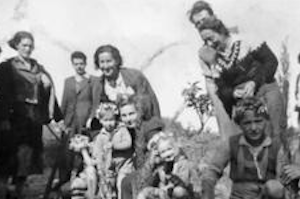
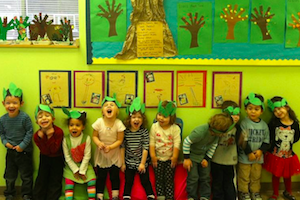
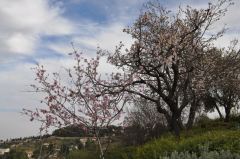




Leave a Comment on Israel Forever